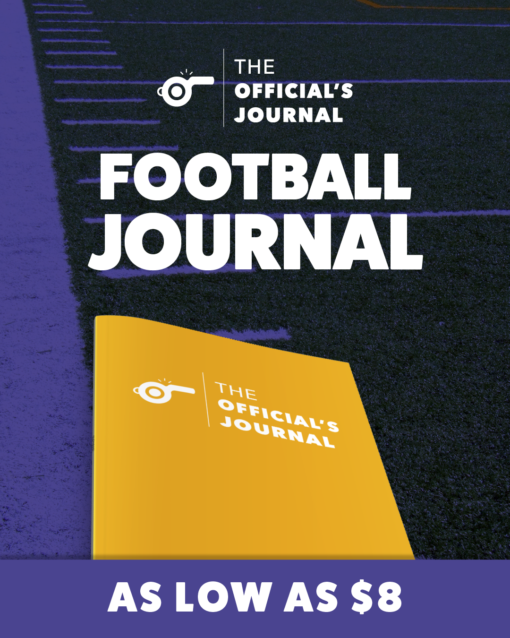Calls
Week 5 “Official Review”: Fair-catch interference, fumbled fumbles, ‘fishy’ call
This week’s “Official Review” by league vice-president of officiating, Mike Pereira, featured several interesting plays from Week 5, leading to a lot of discussion here (video, Part 1 and Part 2):
- As pointed out in our comments, there was a bizarre fair-catch play in the Redskins–Panthers game. Basically, the Panthers, while punting, had blocked Brian Westbrook of the Redskins into his recevier Antwaan Randle El. Not only did the block interfere with Randle El’s opportunity to make a fair catch, but the ball deflected off of Westbrook, creating a live ball. This was not called fair-catch interference, because Westbrook and the Panthers special-teamer (Quinton Teal) were actively engaged in blocking each other. According to Rule 10, Section 1, Article 1, Item 1 of the NFL Rule Book:
It is interference if a player of the kicking team contacts the receiver, or causes a passive player of either team to contact the receiver, before or simultaneous to his touching the ball.
- A taunting call that was assessed in the Patriots–Broncos game was, on replay, showing the side judge Jeff Lamberth throwing his flag prior to the taunting incident. Pereira knowledged this “looks fishy,” but, it turns out there were originally multiple fouls on the play. Lamberth was flagging an illegal helmet hit, while back judge Dino Paganelli flagged for the taunt. Headlinesman Kent Payne came in afterward to say that it wasn’t a helmet-to-helmet hit, and that flag (the one seen in the video) was picked up. This left the taunting foul, which came in off screen, as the only penalty called on the play. However, referee Carl Cheffers should have stated in the announcement that the flag for helmet-to-helmet contact was picked up (even though there actually was helmet-to-helmet contact).
- An apparent fumble in the Raiders–Giants game was ruled down by contact, which the Giants challenged. Then referee John Parry explained the dead-ball ruling was not down by contact, but due to forward progress being stopped. The challenge flag was picked up, since forward progress is not reviewable on fumble plays.
- An apparent fumble in the Bengals–Ravens game lead to a rarely seen improper spotting of the ball. This play had a major breakdown in officiating mechanics, where the redundancy in the system failed terribly.
- First, Line judge Michael Spanier (seen in the replay) ruled a fumble and recovery by the Bengals.
- Failure point #1: Playing this as a fumble, he should have marked the spot of recovery with his beanbag.
- Then, the field judge Boris Cheek came in to declare down by contact. This was challenged by the Bengals, and upheld as down by contact.
- Failure point #2: Upon declaring a replay decision, the referee (Jeff Triplette)Â and the replay assistant (Bob Boyleston) must determine down, distance, yard line, and the game time. This is not part of the referee’s 60-second window to make a decision on the play call itself. The yard line, at least, was not discussed or was miscommunicated.
- Failure point #3: Upon spotting the ball ready for play, all seven officials did not realize the ball was placed 4½ yards behind the dead-ball spot. This should have been readily apparent to the headlinesman (Steve Stelljes) since the play, with the bad spot, was a –1 yard net, when the reception was clearly past the line of scrimmage.
Discover more from Football Zebras
Subscribe to get the latest posts sent to your email.
Continue Reading























